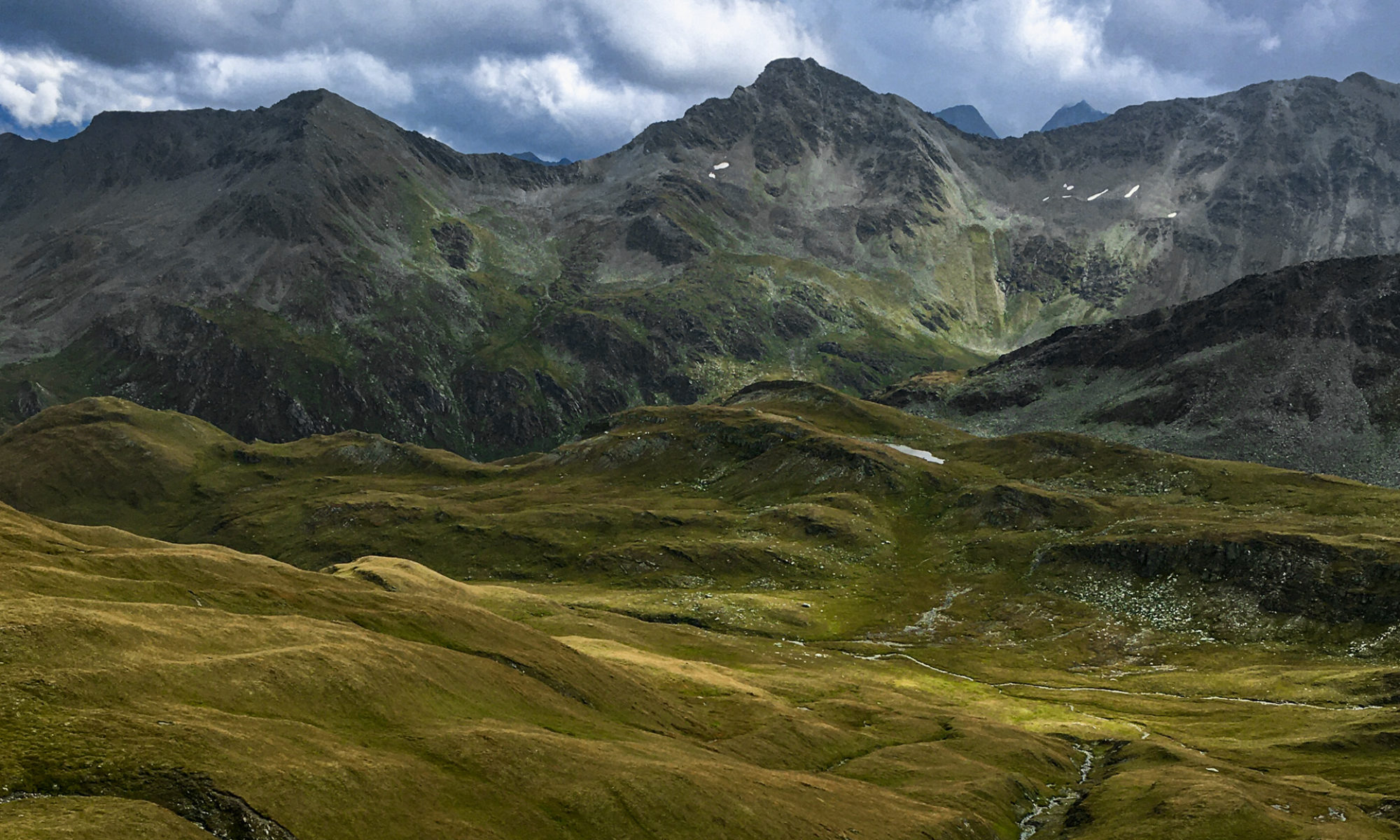 How developed humanity and which role owns nutrition in this process? In this article we will visit historic pantries to understand how we evolved into the being we embody today. Here we go:
How developed humanity and which role owns nutrition in this process? In this article we will visit historic pantries to understand how we evolved into the being we embody today. Here we go:
The beginning of humanity
- 13.7 billion years ago: the Big Bang and the creation of the universe
- 4.6 billion years ago: the origin of the earth
- 4 million years ago: first human beings lived in East Africa
One of the most famous representatives of this kind was Lucy. She is one of our ancestors and belonged to the kind Australopithecus afarensis and lived about 3.9 to 3 million years ago in East Africa. She was able to walk upright and therefore her hands were free to gather food. Her diet consisted largely of fruits, roots, and other plants or berries.

Back then Changes of climate and adapting to aridity, forced those human like apes to consider new strategies, how and from what they could feed themselves. The heat and dryness led to a lack of leafy greenery, berries and forests. So their basic nutrition was rare which is why they adopted hunting.
The Paleolithic and the diet
Mankind only survived on this earth as a species for so long, because our ancestors were able to adapt to different environments again and again, and thus developed themselves. The following aspects helped them to jump start their development:
Using tools
Before humans invented and built the first tools about 2 million years ago, our ancestors mainly fed on seeds, nuts, leaves, roots and berries. As tools evolved, humans began to hunt around 1.5 million years ago. Human anatomy differs enormously from that of a typical predator.

In contrast to predators, humans lack claws, predatory teeth, the corresponding strength or speed. The Homo Sapiens Sapiens used stone tips and spears that helped him to kill the physically superior animals, which allowed them to kill animals for nutrition.
The discovery of fire
Homo erectus discovered the fire about 1.6 million years ago. One of the first proved fireplaces is even dated back to about one million years ago. Back then our ancestors were not aware how to light it up by themselves, but soon the brain developed, which is how they discovered the power of fire.

The cooking hypothesis
… describes how our ancestors developed primarily through cooked food and had a diet that brought them closer and closer to an intelligent being.
… the heat makes food more available to the body. Proteins, starch and nutrients were thus better absorbed.
Until then, the food supply was not really large, and so meat at that time made a great contribution to the development of the human brain.
Mankind: a species of globetrotters
About 200 000 years ago Homo sapiens colonized the earth. He had developed faster thanks to the more varied diet.
The hunting and gathering was split between man and woman, the mind more used and the human species spread almost allover the entire planet. Even though they were not the fastest, with his endurance the former man could drive the prey to exhaustion.

Homo sapiens back then coexisted with Homo neanderthalensis. He is known to have buried dead bodies, to have a good sense of hearing, and finally retired to what is now known as Spain, where he is said to be extinct.
The antiquity
Ancient Greece: 8th – 4th century BC
Roman Empire: 5th century BC Christ – 5th century
Even Hippocrates, one of the oldest physicians and doctors knew: food should be our medicine.
In ancient Greece, there was already a very diverse diet. This consisted of, for example, nuts, coarsely grated barley, wheat, honey or olive oil. In addition, some people adopted a distance to meat based nutrition. Their reasons where ethicals and originated from the awareness that animals also own a sense of suffering.

In ancient Rome, especially rich people were able to feed themselves with a variety of food. The majority of the population was not wealthy which is why it came to starvation crises.
The Medieval in Europe
- 5-15. C.
The diet in the Middle Ages was characterized by „daily bread“. Wheat and other corns where the foundation of nutrition back then. Also forests and water were used freely and meat was intended only for the rich.

The settledness, three-field economy and agriculture
Especially with the settlement, the agriculture and the triple field economy, the human nutrition was raised to a new level. Now it was possible to grow any kind of grain and breed animals.
In the 14th century, there were big pest waves. Many people died and also another nutrition problem occured. By storms, floods and drought there were periods in which the yield was very low. The hunger rose, because grain was the calorie supplier par excellence and became the staple food in the form of bread.
With the 15th century famous explorers such as Columbus imported new food to Europe. Cocoa, tea, tobacco, coffee and citrus fruits expanded the diet enormously.

